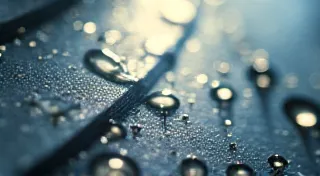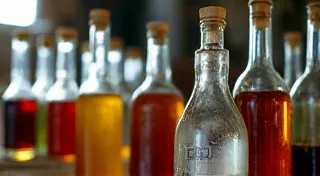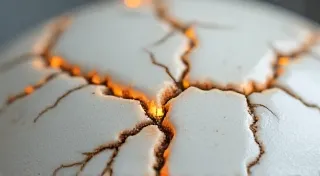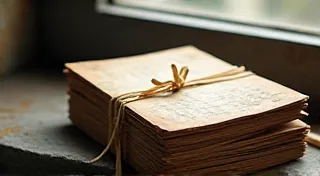Penumbra of Memory: Restoring the Shadowed History of a Forgotten Pen
There's a particular melancholy that settles over you when you hold a pen lost to time. It's more than just the weight of the metal in your hand; it’s the weight of untold stories, of hands long stilled, of lives lived and letters written. Recently, I acquired a pen that epitomized this feeling: a slender, black composition nib pen, its maker’s imprint nearly obliterated, its provenance a frustrating blank. It arrived caked in decades of grime, its nib twisted slightly, a testament to careless storage and neglect. My mission wasn's just to restore a writing instrument; it was to resurrect a whisper from the past.
Restoring vintage pens, particularly those with obscured origins, isn't solely a technical exercise. It's an act of archaeological curiosity, a respectful attempt to piece together fragments of a forgotten narrative. We can’t always know who held it, what they wrote, or what joys or sorrows it recorded. But the tangible nature of the pen – the feel of the material, the shape of the grip, the way the nib catches the light – offers subtle clues, tantalizing glimpses into a past we can only partially reconstruct. This pen, I suspected, held a story worth uncovering, even if only through the painstaking work of restoration. Sometimes, the simple act of adjusting a nib can unlock its personality; a concept that delves deeper than mere repair - it's a journey into its soul – much like we explore in Nib’s Lament: Fine-Tuning the Soul of a Restored Pen.
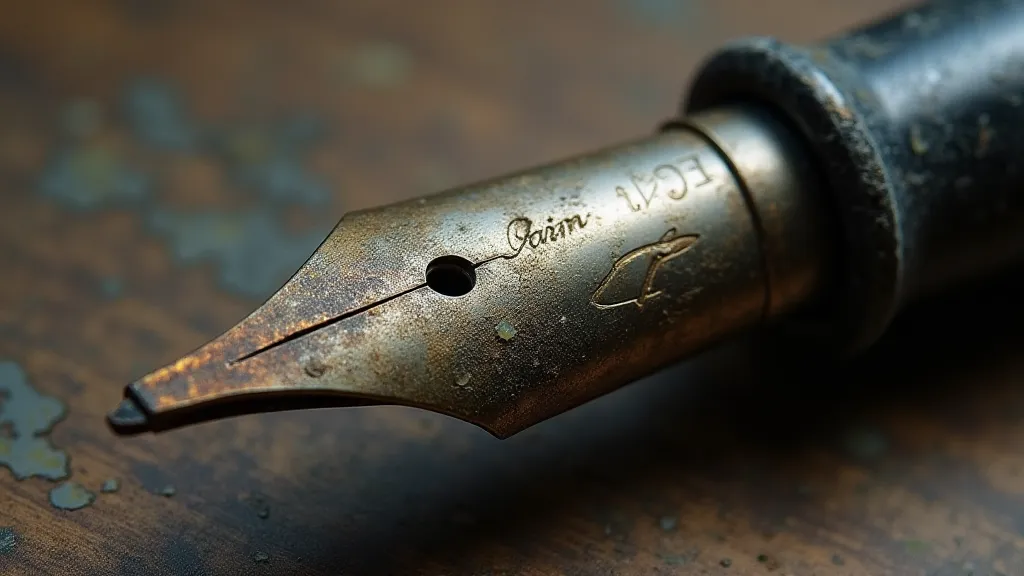
The Initial Assessment: A Chronicle of Disrepair
The first step in any restoration is careful assessment. This isn't a casual glance; it’s a meticulous examination of the pen's condition, noting every imperfection, every sign of wear. With this particular pen, the grime was a significant hurdle. Years of accumulated dust, ink residue, and whatever else a forgotten drawer might offer had fused to the body and obscured any identifying marks. The nib, clearly bent, showed signs of previous, clumsy attempts at repair. The sac – the rubber or early plastic bladder that feeds ink to the nib – was brittle and cracked, and likely beyond salvation. Even the filling mechanism (in this case, a lever filler) showed signs of corrosion and stiff operation.
Understanding the pen's construction is crucial. Early pens, particularly those from the late 19th and early 20th centuries, were often made with a surprising variety of materials – ebonite (hard rubber), celluloid (early plastic), and various metals like gold-filled or sterling silver. Each material requires different cleaning and restoration techniques. Ebonite, for instance, is relatively forgiving and can often be cleaned with gentle solvents, while celluloid is susceptible to cracking and damage from harsh chemicals. Identifying the material not only informs the restoration process but also provides insights into the pen’s age and possible manufacturer. The beauty of a vintage pen is often amplified by the natural aging process; a patina that tells a story, but sometimes requires careful management – a concept explored further in The Alchemist’s Touch: Mastering the Art of Antique Pen Patina.
Cleaning: Unveiling the Past
Cleaning a vintage pen is an exercise in patience and caution. Aggressive scrubbing can damage the material and potentially erase valuable markings. I prefer a gradual approach, starting with warm water and a mild, pH-neutral soap. For more stubborn grime, a gentle solvent like denatured alcohol can be used, but always sparingly and with careful monitoring. The goal isn't just to remove the surface dirt; it's to reveal the pen's original condition as accurately as possible. Often, the residue left behind can affect how the pen writes; addressing these issues is critical to the restoration process, and understanding common pen maladies is vital – a subject elaborated on in Ink's Apothecary: Addressing Common Pen Maladies & Their Remedies.
With this pen, the grime proved exceptionally tenacious. Over several sessions, using increasingly gentle solvents, the original black finish began to reappear, revealing a faint outline of what seemed to be a stylized "C" within a stylized shield. This, I suspected, narrowed down the possible manufacturers, though confirming the maker’s mark would require further research. The process of cleaning isn’t just about removing dirt, it’s about revealing the character of the pen, allowing its history to peek through – and sometimes, that history is complex, involving delicate considerations of the material’s aging.
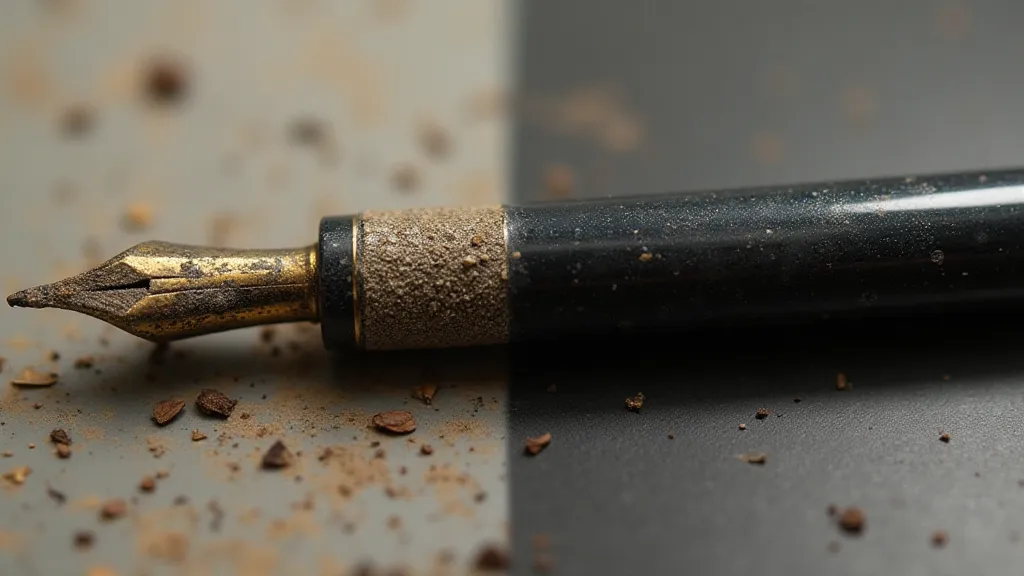
Nib Adjustment: Reclaiming the Flow
The nib's condition was the most challenging aspect of the restoration. A bent nib not only affects the writing experience but also limits the ink flow, causing skips and inconsistent lines. Nib adjustment requires a delicate touch and specialized tools – a pair of fine pliers or a dedicated nib press. The process involves carefully manipulating the tines (the two arms of the nib) to restore their proper alignment.
It's critical to understand that nibs aren't perfectly symmetrical; they possess a slight twist, known as "nib twist,” which contributes to the pen’s unique writing characteristics. The goal of nib adjustment isn't to force the nib into absolute straightness, but to restore its original, intended shape. With this pen, the bent was relatively straightforward to correct, requiring only a few gentle adjustments to the tines. Once realigned, the nib flowed smoothly, producing a consistent, even line – a truly satisfying moment. The appreciation of imperfection and character is paramount in pen restoration, allowing the pen to tell its story through its flaws – it’s about celebrating the pen’s individual narrative.
The Sac: An Irreplaceable Loss
The sac was, unfortunately, beyond repair. These early rubber or plastic bladders are notoriously fragile and prone to deterioration. Replacing it requires specialized skills and a suitable replacement sac, which is often difficult to find for older pens. While a modern replacement can restore functionality, it inevitably alters the pen’s original character. In this case, I opted to leave the pen without a sac, making it a “stub” pen - a pen used for dry calligraphy with ink applied directly to the nib. It's a compromise, but it preserves the pen's integrity.
More Than Restoration: An Appreciation for Craftsmanship
Restoring a vintage pen isn't simply a technical exercise; it's an opportunity to connect with the past, to appreciate the skill and artistry of the craftsmen who created these objects. These pens were often meticulously crafted, with attention to detail that is rarely seen in modern mass-produced items. Holding a restored pen, feeling its weight and balance, and experiencing the smooth flow of ink across the page, provides a tangible link to a bygone era. The process, at its heart, is about honoring that craftsmanship – a perspective reflected in the consideration of what constitutes beauty and imperfection in the finished product.
The mystery of the maker’s mark remains, though the "C" within a shield suggests a possible link to a European manufacturer, perhaps a smaller firm specializing in fine writing instruments. Further research in pen collectors' forums and historical catalogs might eventually reveal its identity. Even if the origin remains obscure, the restoration itself has breathed new life into this forgotten pen, allowing it to continue its silent chronicle – a small but significant act of preserving history, one nib stroke at a time.
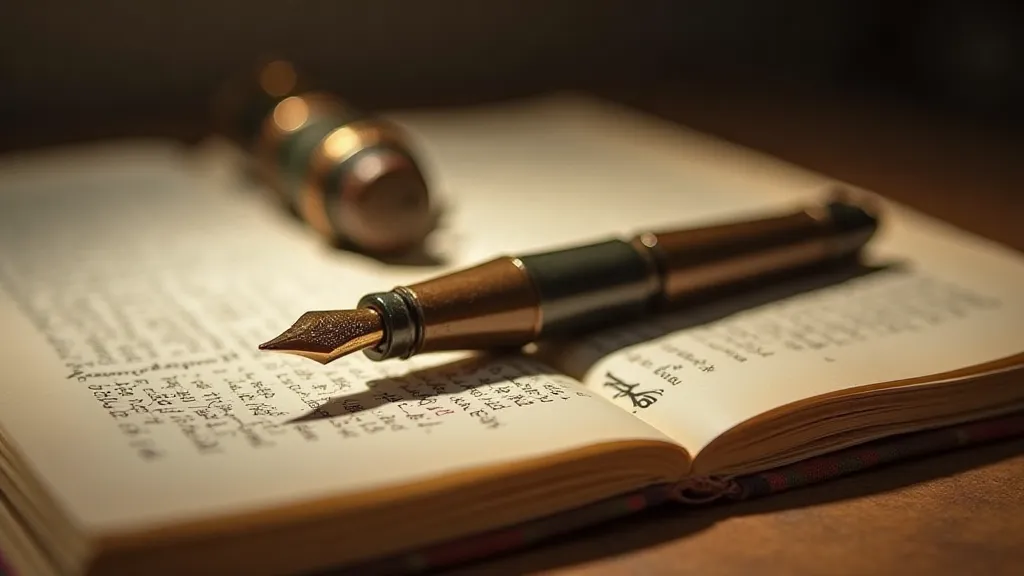
Ultimately, the value of pen restoration transcends the mere functionality of the writing instrument. It’s a journey into a tactile history, a tangible link to the past, and a testament to the enduring beauty of handcrafted objects. The process challenges us to value imperfections and to appreciate the stories embedded within these forgotten treasures. It’s about understanding that sometimes, the most beautiful things are those that bear the marks of time – a perspective that influences every step, from the initial cleaning to the final, appreciative touch.

